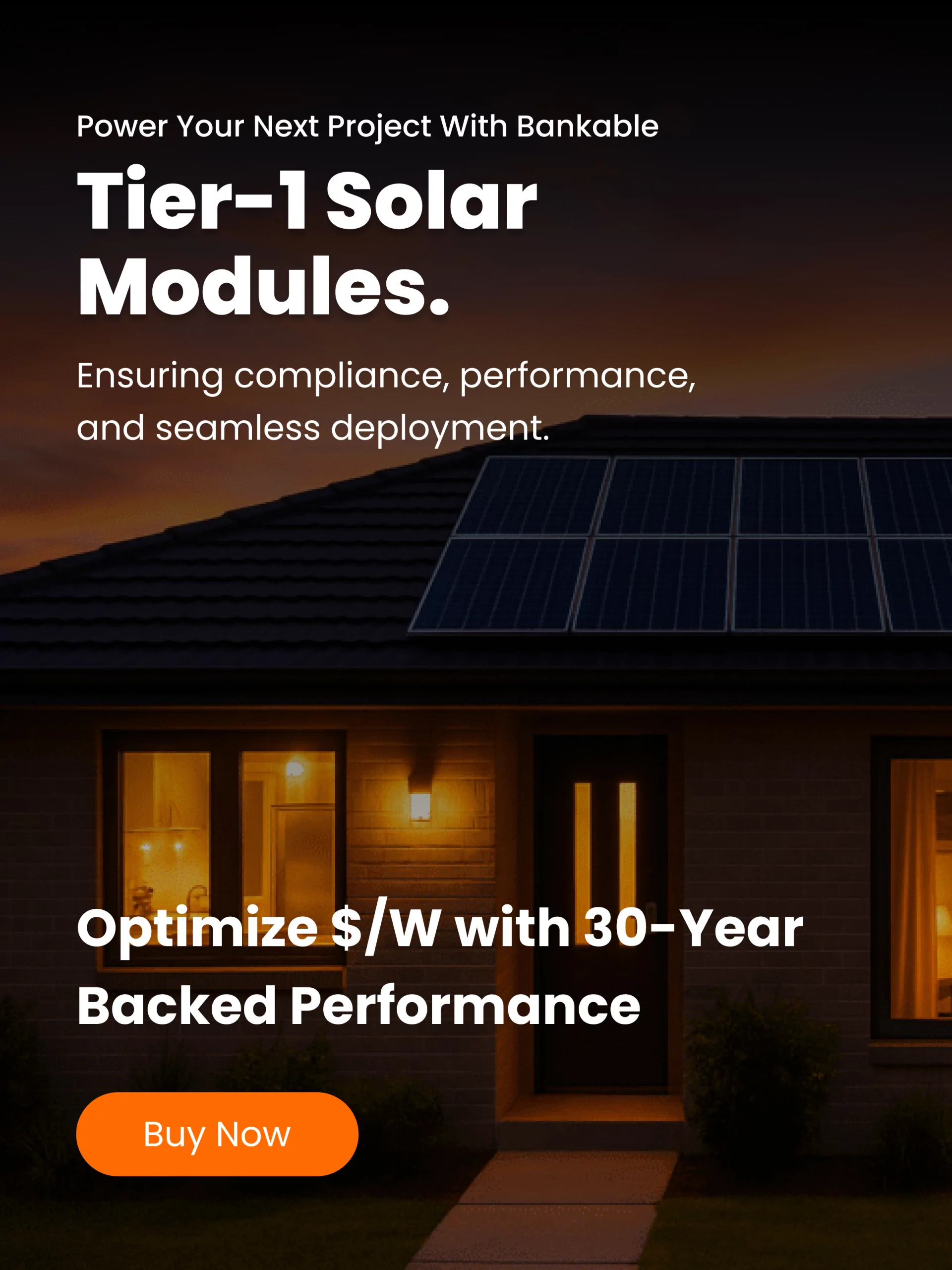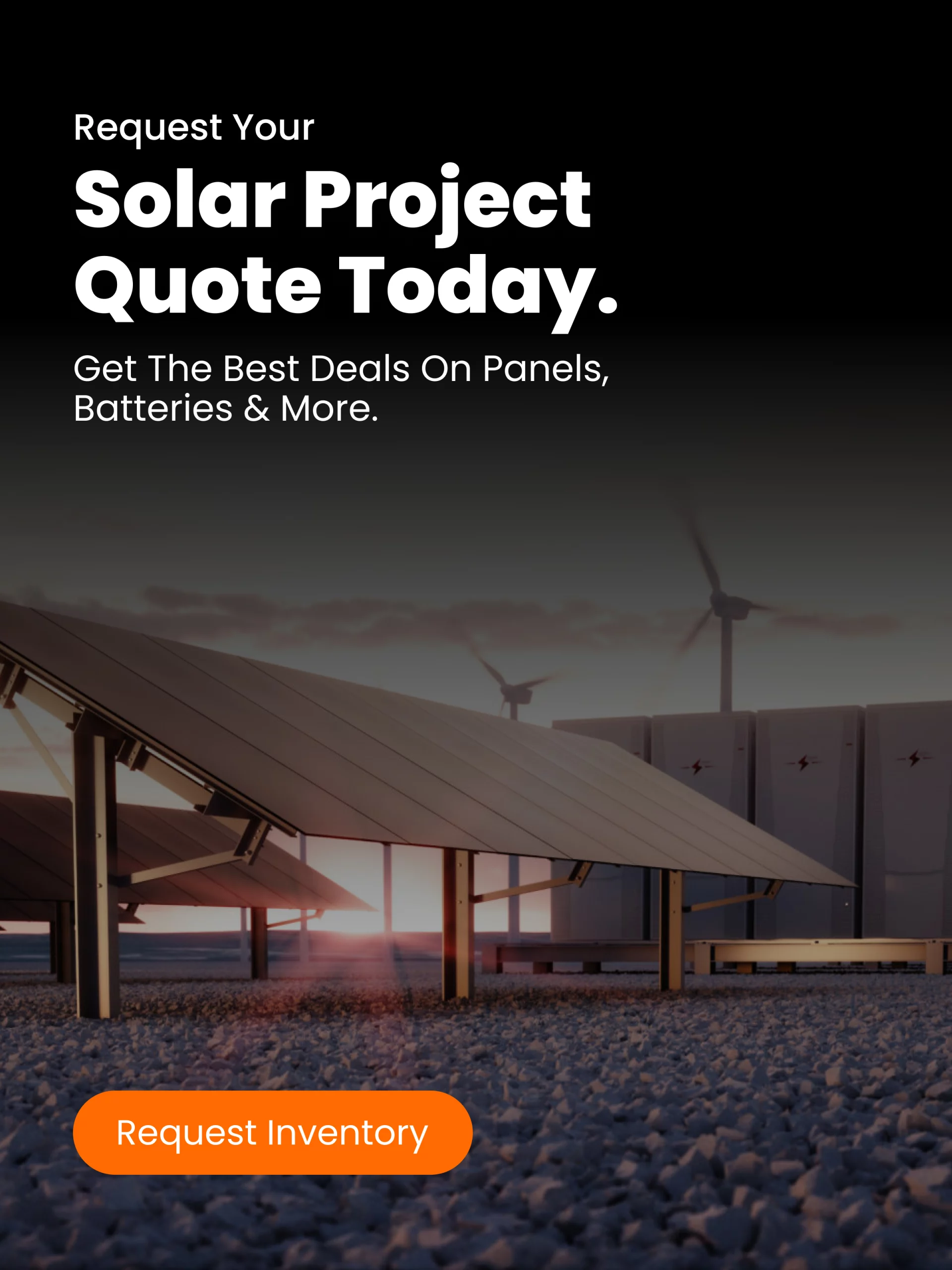When you install a solar energy system, one of the most important components is the inverter. It may not be the largest piece of hardware you see on your roof, but without a high-quality inverter, your panels cannot deliver power efficiently. Choosing the right inverter ensures that you convert sunlight into electricity in the best way possible for your budget, your site conditions, and your long-term performance goals.
In this guide, we’ll walk through what a solar inverter does, the major types of inverters, the key factors you should evaluate, and practical tips to help you select an inverter that aligns with your system’s design and your energy needs.
What exactly does a solar inverter do
Solar panels generate direct current (DC) electricity when they absorb sunlight. But nearly all household appliances and the utility grid operate on alternating current (AC). The inverter’s role is to convert the DC electricity produced by your panels into AC power usable by your home or business.
Beyond this basic conversion role, modern inverters do a lot more: they optimize power output through maximum power point tracking (MPPT), monitor system health, protect against grid faults, and in some cases provide battery integration or grid-backup functionality. What you choose now will affect your system’s efficiency, durability, and serviceability for years to come.
Major types of solar inverters
There are several different inverter types, each suited to distinct applications. It is important to understand their features so you can match the technology to your situation.
String inverters
These are the most common for residential and many commercial systems. Multiple solar panels are wired in series (a “string”) and feed into a single inverter. Cost-effective and simple to install, string inverters work well in systems where shading and mismatches are minimal.
Micro-inverters
With micro-inverters, each solar panel (or every two panels) has its own small inverter. This allows for panel-by-panel optimization, beneficial when shading or orientation varies across your roof. Because each panel operates independently, a shaded or malfunctioning panel won’t drag down the performance of the rest of the array.
Central inverters
Used mainly in large commercial or utility-scale solar systems, central inverters handle very high DC input from extensive arrays. They support high power loads and often come with advanced monitoring and grid-interface features. For very large systems, these may be the optimal choice.
Hybrid inverters
These units combine standard inverter functionality with battery-storage and sometimes backup power features. If you plan to add a home battery or want to use your solar system for backup, a hybrid inverter is worth considering.
Key factors to evaluate when selecting a solar inverter
Choosing an inverter is not just about price or brand. These five decision factors will influence how well your solar system performs, how many kWh you get, and what costs you will face over its lifetime.
1. Power capacity and sizing
Your inverter must be sized appropriately for your solar array’s output. If your panels generate more power than your inverter can convert, some output will be lost. Conversely, oversizing the inverter can cost more without giving extra benefit unless you expect future expansion. A common rule is to match inverter capacity to around 110-120% of the panel DC rating to allow headroom and future growth.
2. Efficiency and MPPT performance
Inverter efficiency refers to how much of the DC power is successfully converted to usable AC. The higher the efficiency, the less power is lost in conversion. Look for inverters with high conversion efficiency (above 98%) and high MPPT tracker efficiency (close to 99%). These numbers matter particularly in installations where every bit of output counts, such as in limited-space roofs or high-sunlight areas.
3. Compatibility and configuration
Your inverter must match the electrical and physical configuration of your solar system. Check the DC input voltage range, maximum current rating, and number of MPPT trackers (important if your roof has different shading zones or multiple orientations). Also evaluate whether you need single-phase or three-phase output based on your building’s wiring. For systems expecting battery integration, ensure the inverter supports hybrid or storage functionality.
4. Reliability, durability and warranty
Because your inverter is a critical part of the system, you want it to last for many years with minimal downtime. Look for rugged build quality, good weather‐protection rating (such as IP65 or higher), and strong manufacturer warranties (10 to 15 years or more). These factors reduce long-term maintenance risk.
5. Monitoring, smart features and service support
Inverters that come with integrated monitoring help you track system performance in real time, detect faults quickly, and optimize output over time. Smart features such as remote firmware updates and mobile apps provide added value. Also consider the manufacturer’s service network, availability of replacement parts, and whether the inverter supports grid compliance or export controls.
Here is a handy table to compare inverter types and typical use-cases:
| Inverter Type | Best for | Key Advantage | Typical Cost Trend |
| String | Standard residential | Simple, cost-effective | Lower upfront cost |
| Micro-inverter | Shaded roofs or varied panels | Panel-level optimization | Higher upfront cost |
| Central | Large commercial systems | Handles high power loads | Lower cost per watt |
| Hybrid | Solar + battery systems | Storage ready, backup capable | Higher cost, more features |
Practical tips for selecting your inverter
When you are in the process of choosing an inverter, keep these practical steps in mind:
- Understand your site and usage: Review your roof layout, shading patterns, panel orientation, and your total solar array size. Talk to your installer about whether your site has shading or complex layout issues that favor micro-inverters or multiple MPPT trackers.
- Get detailed specs from installers: Ask for inverter model, efficiency rating, warranty length, number of MPPT inputs, and status of monitoring platform. Make sure you compare “apples to apples.”
- Plan for future expansion or battery storage: If you might expand your array in the future or add battery storage, choose an inverter that supports it now rather than replacing later.
- Check manufacturer reputation and service network: A strong brand with accessible service reduces risk of downtime or costly replacements.
- Use monitoring data to track performance: After installation, review performance via the monitoring platform to confirm the inverter is functioning as expected.
Why choosing the right inverter matters for your solar investment
Your inverter affects not just the initial cost of the system but your long-term value. A well-matched inverter means more kilowatt-hours generated, better efficiency, less downtime, and higher return on investment. Because inverters are typically the second largest cost after panels in a solar system, selecting a quality unit makes good financial sense.
Final thoughts
Choosing a solar inverter may feel technical, but it is a decision you should not leave to chance. By understanding the types of inverters available, the key performance factors, and how your site conditions affect your choice, you can pick a unit that optimizes your system for many years.
Whether you have a standard residential roof or plan for battery storage and future growth, the right inverter is at the heart of your solar energy system. Take the time now to ask smart questions, compare installer proposals, and make sure the inverter aligns with your energy goals, budget, and long-term strategy.




